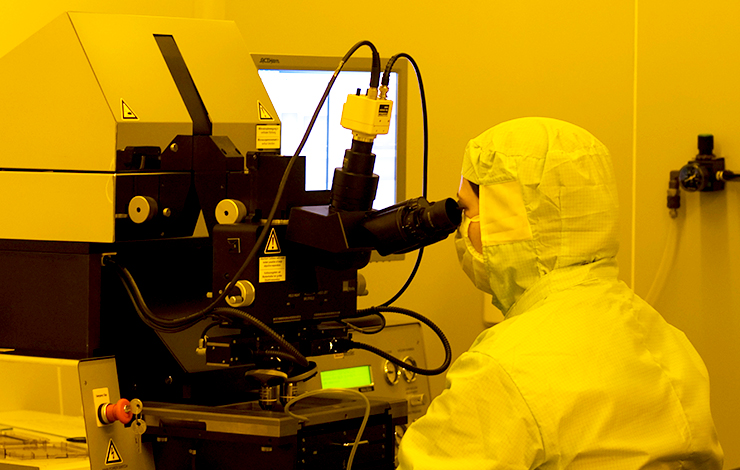


Cellulose-based nanostructures for photoresponsive surfaces
| Title | Cellulose-based nanostructures for photoresponsive surfaces |
| Publication Type | Journal Article |
| Year of Publication | 2016 |
| Authors | Fernandes SN a, Aguirre LE a, Pontes RV a, Canejo JP a, Brogueira P b, Terentjev EM c, Godinho MH a |
| Journal | Cellulose |
| Volume | 23 |
| Pagination | 465-476 |
| ISSN | 09690239 |
| Keywords | Assembly condition, Cellulose, Cellulose derivatives, Characteristic length, Heterogeneous conditions, High surface-to-volume ratio, Hydroxyl groups, Liquid crystals, Nanofilaments, Nanostructures, Photo-responsive, Thermotropic liquid crystals, Tunable interfacial templates, Wetting |
| Abstract | Cellulose is the main constituent of plant cell walls and can be converted into a wide range of derivatives. The derivatives are produced by a chemical reaction of the primary and two secondary hydroxyl groups available in β-d-glucopyranose units, often in heterogeneous conditions, yielding, in many cases, <3 average degrees of substitution per glucose unit. Here we profit from the richness of these systems and different assembly conditions building up from similar nanomicelles, with a characteristic length of ca. 30 nm, different nanostructures: lamellas and filaments that show dissimilar responses to UV irradiation. The chosen cellulose derivative was a thermotropic liquid crystal synthesized by the reaction of 4-(4-methoxyazobenzene-4′-yloxy)butanoyl chloride and acetoxypropylcellulose. The nanostructures were obtained from this cellulose derivative by using spin-coating as well as Langmuir–Blodgett techniques. The nanostructures with a high surface-to-volume ratio, which can be freestanding or grown off a substrate, lead to organic tunable interfacial templates with distinct wettability properties. © 2015, Springer Science+Business Media Dordrecht. |
| URL | https://www.scopus.com/inward/record.uri?eid=2-s2.0-84955716824&doi=10.1007%2fs10570-015-0815-8&partnerID=40&md5=41f526c6a69b1da12a6d122d07f8e184 |
| DOI | 10.1007/s10570-015-0815-8 |








